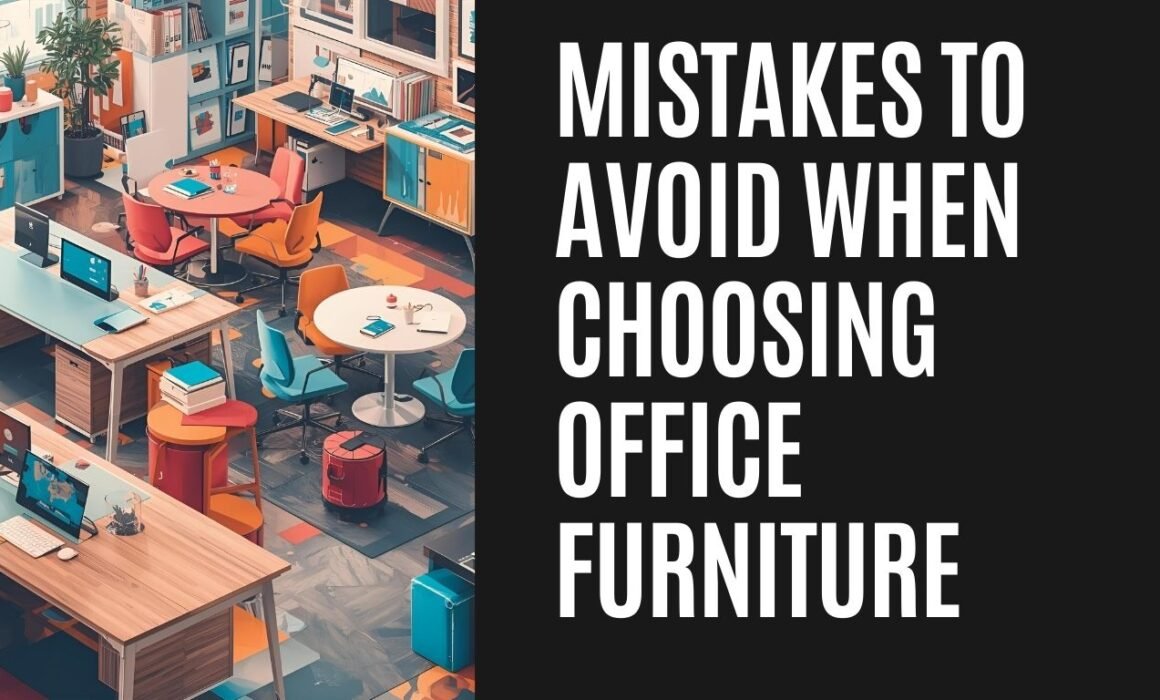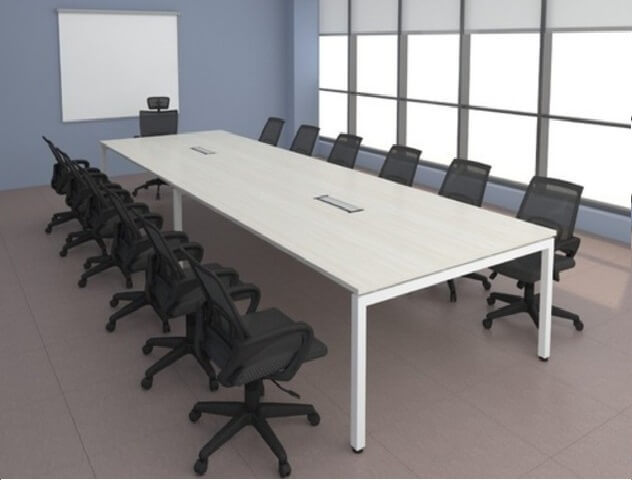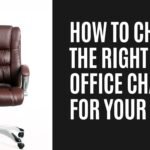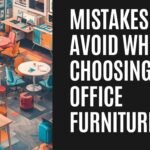Mistakes to Avoid When Choosing Office Furniture
Let me be real for a second: buying office furniture looks easy until you actually do it. You see a nice chair online, order ten of them, and suddenly half the office is complaining about back pain. Or you buy a giant desk and realise it blocks the doorway. I’ve seen this happen more than once.
The good part? Most of these headaches are avoidable if you slow down and think through the basics. So, if you’re in the middle of choosing office furniture, here are the mistakes you don’t want to make.
Mistake 1: Ignoring Ergonomics (The Boring but Crucial Bit)
Everyone skips this at first. Big mistake. If a chair doesn’t support your back or adjust to your height, you’ll feel it in a week. And when one person’s uncomfortable, productivity nosedives.
The usual office chair mistakes are simple:
- No lumbar support
- Rock-hard seats
- Chairs that look cool but feel awful after an hour
👉 Spend the extra money here. You’ll thank yourself later.
Mistake 2: Choosing Style Over Strength
Trendy desks, glass tops, slim legs, they look amazing in pictures. But try keeping them scratch-free for more than a month.
Quick Durability Checks
- Solid wood beats particleboard
- Metal frames last longer
- A warranty longer than 12 months usually means the brand trusts its product
If you want something that lasts, stop shopping like you’re furnishing a photoshoot.
Mistake 3: Forgetting the Tape Measure
This one gets everyone. The desk looks normal in the store, but in your office, it eats half the room. Or a filing cabinet ends up blocking the only window.
👉 Take five minutes with a tape measure. Better yet, draw a rough sketch of the space. Humans don’t always think in dimensions until it’s too late.
Mistake 4: Skipping Storage Solutions
Even “paperless” offices are drowning in stuff cables, notebooks, snacks, and random chargers. Without shelves or drawers, all of that ends up on desks. And then you wonder why everything feels messy.
A couple of cabinets or rolling drawers solve this instantly. Not glamorous, but necessary.
Mistake 5: Buying the Wrong Furniture for the Job
Not every office works the same. A law firm and a design studio should not be furnished the same way. Yet people often buy whatever looks standard.
Ask yourself:
- Do people collaborate more, or work quietly?
- Do they need standing desks?
- Do they need bigger meeting tables?
That’s how you figure out what fits.
Mistake 6: Thinking Only About Today
Right now you might need six chairs. Next year, maybe twelve. If you only buy what fits today, you’ll regret it later.
That’s why modular desks, stackable chairs, and flexible layouts exist. Growth sneaks up fast. Plan ahead.
Mistake 7: Buying Blind Online
I get it—shopping online is easy. But here’s the catch: you can’t feel a chair through a photo. It could look like a throne and sit like a rock.
👉 If you can, test things in person. If not, only buy from places that let you return without a fight. Saves you from expensive mistakes.
Mistake 8: Budget Extremes
I’ve seen two approaches: some companies overspend on fancy designer pieces, others go dirt cheap. Both regret it.
The smarter move?
- Spend more on essentials (desks, chairs)
- Save on extras (coffee tables, side décor)
Balance is everything.
Wrapping It Up
Learning how to choose the right office furniture isn’t about being fancy. It’s about avoiding the dumb mistakes no ergonomics, no measuring, no storage. Simple things, but they matter.
👉 Get comfort right.
👉 Get durability right.
👉 Think ahead.
That’s it. The rest is just taste.
FAQs
1. What’s the number one mistake when buying office furniture?
Skipping ergonomics. People notice back pain way faster than they notice style.
2. How do I avoid office chair mistakes?
Look for adjustable height, lumbar support, and padding that feels natural. If you’re constantly shifting, it’s the wrong chair.
3. What factors should I consider before buying office furniture?
Space, comfort, durability, storage, and whether it’ll still work for you a year from now.
4. Is expensive always better?
No. Mid-range with solid build usually outperforms overpriced “designer” pieces.
5. Why bother with durability?
Because replacing flimsy desks every year costs way more than buying tough ones once.








Recent Comments